Description
60 Seeds Cupcake Squash is as cute as a cupcake! With jewel-green skin and pumpkin-like ridges, this summer squash is like a unique cross between zucchini and an acorn squash! The skin is soft and edible while the flavor is sweet and delicate. These round, palm-sized fruits are slightly larger than patty-pan squashes at 2-inches tall by 5-inches wide. Plants are prolific yielders, growing 4-5 tall at maturity to produce dozens of fruit. Excellent for stuffing, roasting, or grilling. We ship in 1 business day. Shipped with USPS First Class Mail. Plant Name: Summer Squash, Cupcake Latin Name: Curcubita pepo Days to Germinate: 7-14 Days to Harvest: 52 Germination Rate: 95% Test Date: 1/22 Growth Habit: Bush, Trailing USDA Zones: 2-12 Lifespan: Annual Country of Origin: United States Sunlight: Full Sun, Partial Shade GMO: No Pollination: Hybrid Fungicide-Treated Seeds:*: No Seeds Packed For**: 2022 *Fungicide-treated seeds protect the seedlings from diseases until they are up and growing. Do not eat treated seeds. **Seeds are freshly packed for the growing season of the year listed. Seeds are still viable beyond pack date. Store in a cool and dry location such as the refrigerator or basement to best preserve germination rates. Planting Instructions: Soil Preparation: Remove weeds, large rocks, and litter from the planting area. Leave small weeds and dead grass, they will enrich the soil when turned under. Spade the soil 8-12 inches deep and turn each shovel of soil over completely to cover the plant materials with soil. You may add fertilizer (see “Fertilizing” below) or organic material such as compost, leaves, or rotted hay over planting area at this point . For squash, make rows of soil beds 4-6 inches high and at least 3 feet apart. This formation of ridges will help with drainage. Planting: Since squash does not grow well in cool weather, plant in the spring after all danger of frost has passed and the soil begins to warm. For a good fall crop, plant early so squash will mature before the first killing frost. To plant, make 1 inch deep holes spaced 1 1/2 – 2 feet apart in raised beds down the rows, then plant 5-6 seeds in each hole. Cover thinly with soil and water after planting. After the seeds come up, thin to 3 squash plants per hill. *Tip: Plant squash with beans and corn for companion planting. Squash is one of the plants grown in the traditional Native American vegetable growing technique called the Three Sisters. The other two plants in the Three Sisters are beans and corn. Each plant had its role in this companion planting tradition. Corn served as a structure for the vining beans to grow up. Squash served as a ground cover to prevent weeds from growing. Beans provided natural fertilizer for all. Planting Depth: 1 inch Within-Row Spacing: 2 – 3 feet Between-Row Spacing: 3-8 feet Care During the Season: Watering: Water the plants enough to keep them from wilting. If the weather is really dry, squash plants should be watered at least once a week. Sandy soils need to be watered more often than heavy clay soils. Weeding: Keep squash plants as weed-free as possible. When plowing or hoeing do not dig deeper than 1 inch to prevent from cutting the feeder rooters which may slow the plant’s growth. Fertilizing: You may optionally add scatter 2-3 pounds of a complete fertilizer for each 100 square feet of garden area. Work into the soil and leave the surface smooth. For small gardens, use 2-3 tablespoons of fertilizer for each hill. Scatter the fertilizer evenly over a 2 foot by 2 foot area. work it into the top 2-3 inches of soil. When blooms first appear, you may optionally apply 2 tablespoons of fertilizer around each hill. Do not let fertilizer touch the plants. Water the plants after fertilizing. Insecticides: Insecticides may be used to protect plants. Bt-based insecticides and sulfur are organic options that can be used for prevention. Sulfur also has fungicidal properties and helps in controlling many diseases. Larvae of the Squash vine borer are usually found inside the stem and cannot be controlled once they are inside the stem. Sevin® and Thiodan® can control for squash bugs. Pyrethrin and rotenone can control for the cucumber beetle. Before using a pesticide, read the label and always follow cautions, warnings and directions. Diseases: Squash can get many diseases, especially when harvesting begins. Check the plants daily and if spots or mold appear, treat the plant with an approved fungicide. Neem oil, sulfur, and other fungicides may be used. Please always follow label directions. Harvesting: Harvest summer squash when the fruit and seeds are small. Always harvest mature squash so the plants will keep producing. Squash is best when cut, not pulled, from the vine. Try not to leave summer squash to grow too large on the plant because they may over-mature and have tough flesh and seeds. Summer squash can be stored in the refrigerator for about a week. Nutrition Facts: Cupcake squash, raw Amount Per 1 cup slices (130 g) Calories 23 % Daily Value* Total Fat 0.3 g 0% Saturated fat 0.1 g 0% Cholesterol 0 mg 0% Sodium 1 mg 0% Potassium 237 mg 6% Total Carbohydrate 5 g 1% Dietary fiber 1.6 g 6% Sugar 3.1 g Protein 1.6 g 3% Vitamin C 39% Calcium 2% Iron 2% Vitamin D 0% Vitamin B6 5% Cobalamin 0% Magnesium 7% *Percent Daily Values are based on a 2,000 calorie diet. Your daily values may be higher or lower depending on your calorie needs.

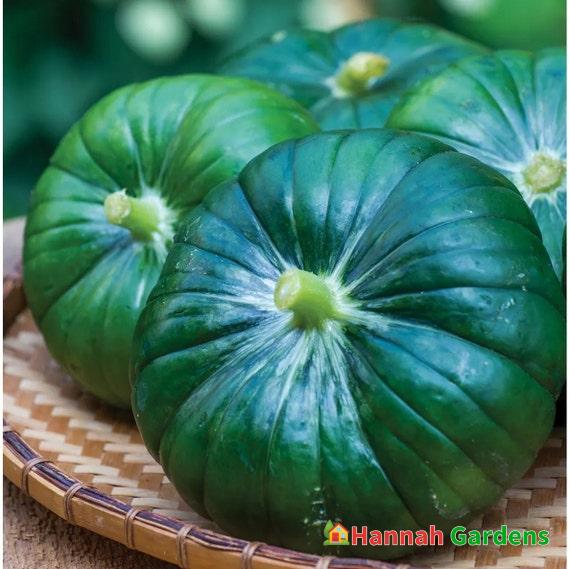
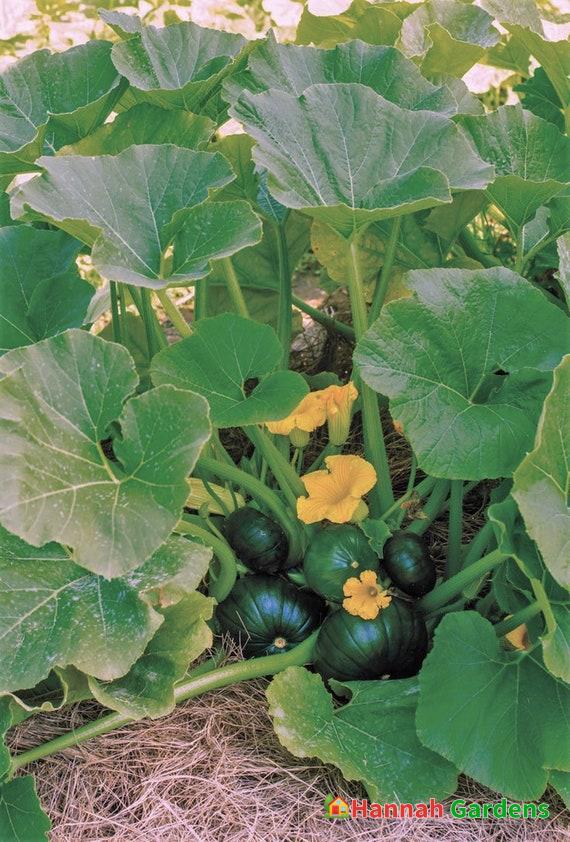
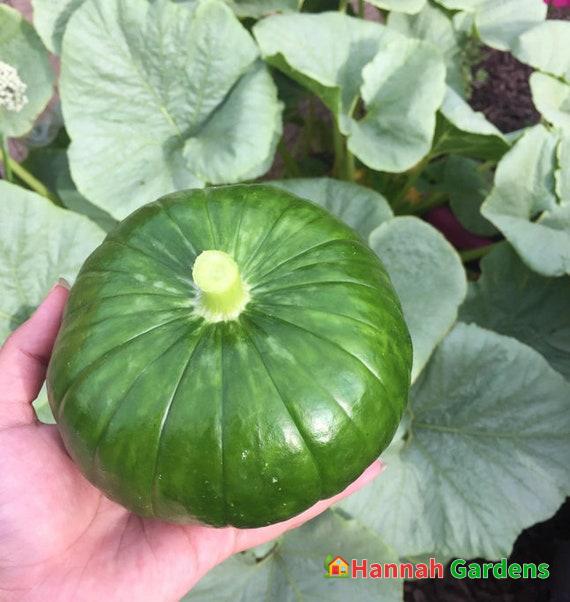
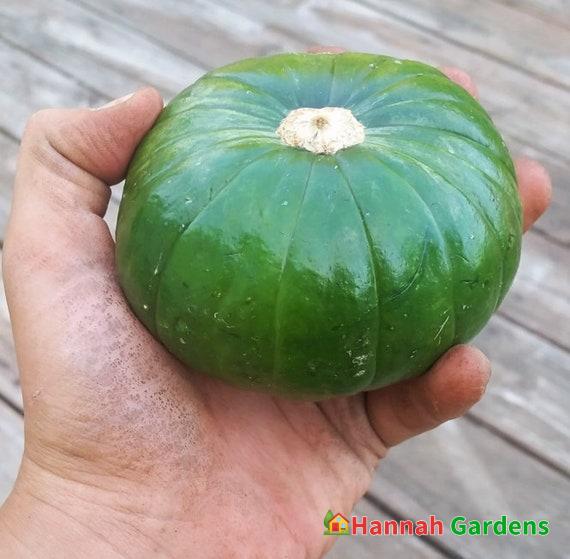
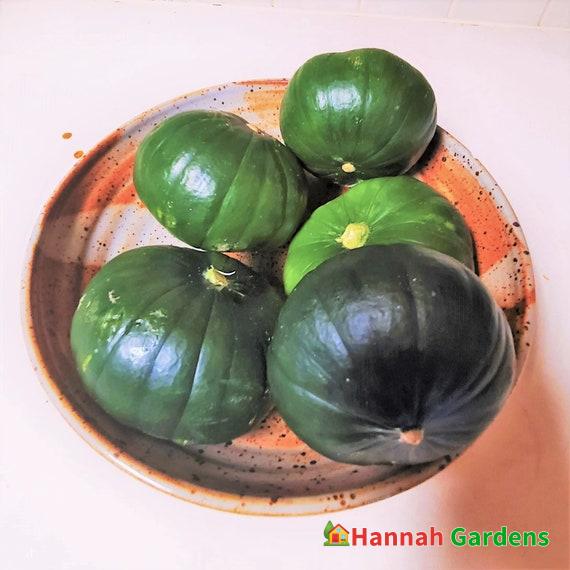
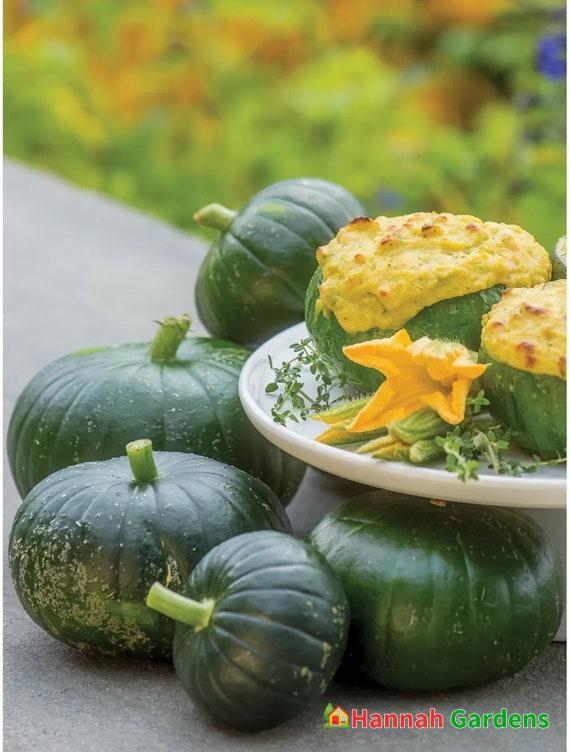
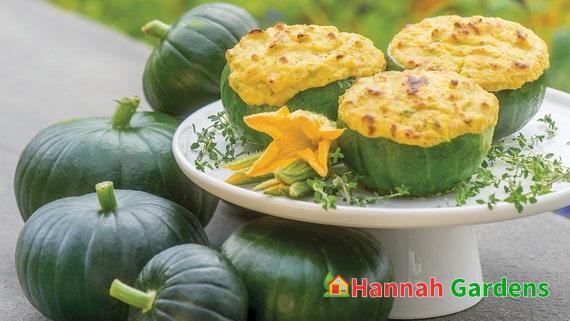
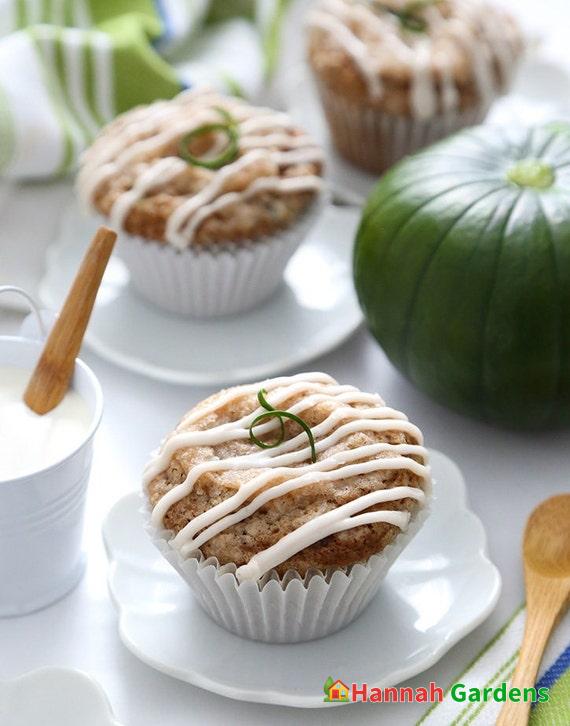
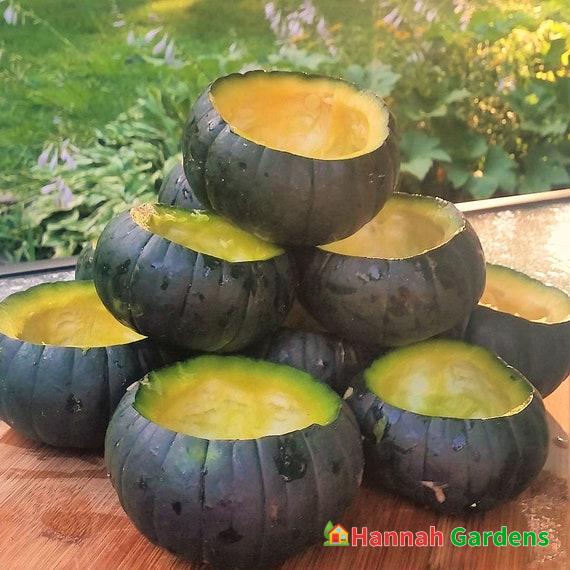

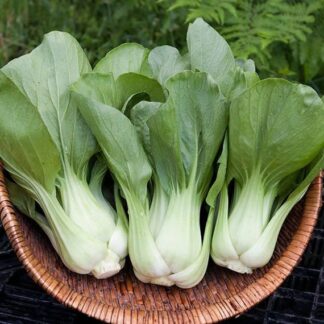
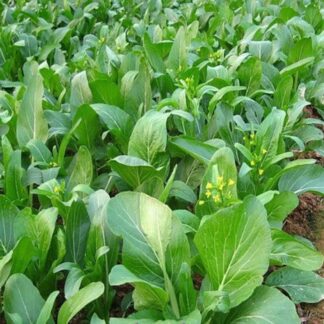
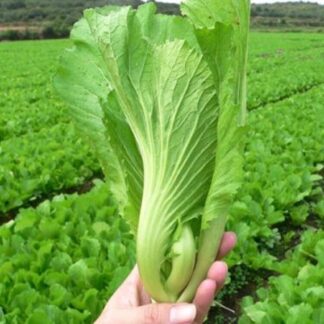
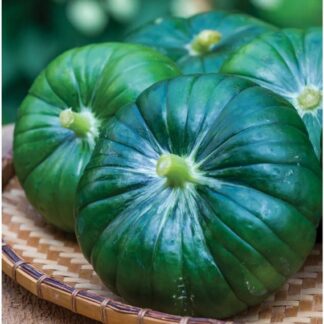
Reviews
There are no reviews yet.